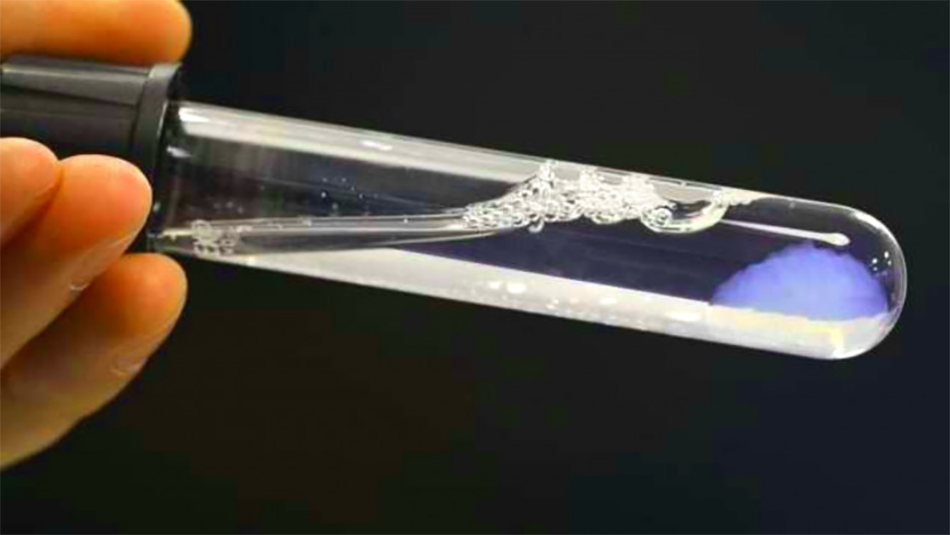Diabetes May Soon End with the Bioprinted Pancreas

According to the information available from the Ecole Polytechnique Federale de Lausanne (EPFL) website, the system they have developed may soon end diabetes.
The system, developed by Readily3D, a spin-off of EPFL, can end up testing drugs on animals. In addition, the novel system is capable of bioprinting tissues in 30 seconds.
Readily3D’s technology is currently being used in a large-scale European project. The company is developing a living model of a pancreas, which they will use to test new drugs for diabetes.
Bioprinting process
Initially, a transparent shape is shown on a computer screen, an electronic copy of the human pancreas. The system prints the tissue and all the elements that comprise the pancreas from a human stem cell sample.
The technology was developed at the Laboratory of Applied Photonics Devices of EPFL, while Readily3D further developed the system.
This technology is now being used by the Enlight project, which the EU funds. This project seeks to create a living model of the human pancreas, which they will use to test various new medications for diabetes.

The function of the pancreas
The human pancreas, a vital organ, is about six inches long, found behind the stomach. The small organ produces bicarbonates and enzymes that are essential for digestion. In addition, it secretes various hormones, such as insulin, which regulates the levels of blood sugar.
If there is a pancreatic disease, the person develops diabetes because the damaged cells will not produce insulin.
Diabetes is a disease that leads to many other conditions. It can lead to heart attack or stroke, amputation, and kidney failure. In addition, it is the leading cause of adult blindness. Diabetes is a global health problem, and finding the right drugs and treatment will help millions of people afflicted with the disease.
People with diabetes need to watch their diet and faithfully take their medication. In addition, they need to regularly monitor their blood sugar levels. Several companies have developed wearables to make blood sugar level monitoring more convenient and faster.
Thus, researchers seek different methods to improve the diagnosis and treatment of diabetes to prevent other diabetes-related diseases from occurring.
Revolutionary process
The bioprinting technology uses stem cells from the patient embedded in a biological gel. A laser beam solidifies the gel through polymerization. The system controls the intensity of the laser beam so that only the areas of the gel that they need to form the tissue they want will solidify.
According to the CEO of Readily3D, Damien Loterie, bioprinting tissue has several advantages. First, since the tissue is created from the stem cells, it can be tailored to fit the purpose, eliminating the need for the patient to try out different drugs, which may have adverse side effects. Further, their system eliminates testing drugs on animals.
Their success in replicating a live human pancreas and its functions can create other tissues to be used to develop treatments for other diseases, such as cancer. They are also looking at the possibility of bioprinting transplant organs.
Promising start
The Enlight project, which is in charge of the project, received funding worth €3.6 million from the Horizon 2020 Framework Program of the European Union. The group will develop the first living model of the human pancreas in three years. The research is carried out by a consortium headed by UMC Utrecht and includes EPFL and ETH Zurich (Switzerland), AstraZeneca (Sweden), University of Naples Federico II (Italy), Giannino Bassetti Foundation (Italy), Readily3D (Switzerland), and Rousselot (Belgium).
With their success in creating a miniature version of a living pancreas, it may not take long for people with diabetes to finally get rid of the disease.